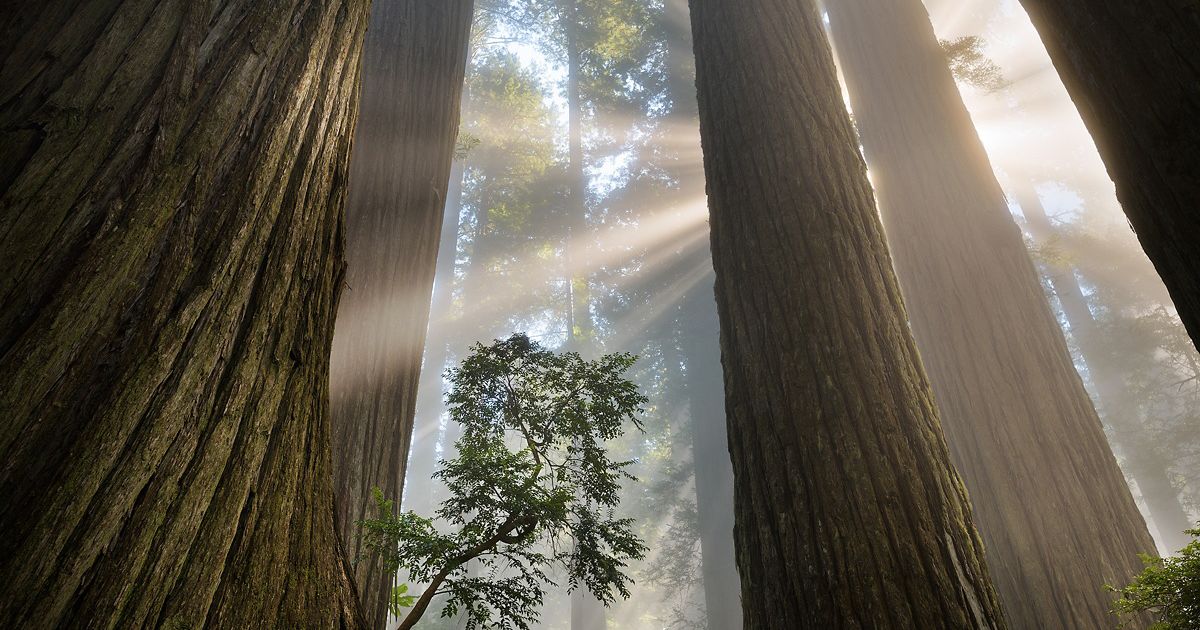Baeugi News Hub
Your source for the latest news and insightful articles.
When Nature Calls, Capture the Beauty in a Click
Unleash your inner photographer! Discover tips to capture nature's stunning beauty in a click and elevate your outdoor photography game.
10 Tips for Capturing Stunning Landscape Photography
Capturing stunning landscape photography requires a blend of technique, creativity, and patience. Here are 10 tips to elevate your outdoor photography skills. First, always plan your shoots according to the weather conditions. Weather can dramatically change the atmosphere of your landscape, with dramatic clouds or vibrant sunsets bringing life to your images. Second, consider the golden hour—the hour after sunrise and before sunset—when the natural light is soft and warm, creating an unparalleled aesthetic for your photos.
Third, experiment with foreground interest. Leading lines and elements in the foreground create depth in your images and guide the viewer's eye into the landscape. Fourth, use a tripod to maintain stability, especially in low-light conditions. This is crucial for achieving clear shots with longer exposures. Fifth, remember the rule of thirds: place your horizon line either in the upper third or the lower third of the frame to create a balanced composition. You can also enhance your images during post-processing; platforms like Adobe Lightroom offer powerful tools to bring out the best in your landscape shots.

The Best Times of Day to Photograph Nature's Beauty
When it comes to capturing nature's beauty, timing is everything. The best times of day to photograph are typically during the golden hours—shortly after sunrise and before sunset. During these times, the sunlight is softer and warmer, creating a magical ambiance that enhances the colors and textures of your surroundings. According to National Geographic, golden hour light can transform commonplace scenery into remarkable images, making it a favorite among photographers.
Another ideal time for photography is during the blue hour, which occurs just before sunrise and after sunset. This period offers a cooler, serene light that can add a unique mood to your photographs. As noted in an article by PetaPixel, the blue hour is perfect for capturing cityscapes and landscapes, as it beautifully highlights the contrast between natural light and artificial lights. By planning your shoots around these optimal times, you can harness nature's beauty to create stunning visual storytelling.
How to Choose the Right Equipment for Nature Photography
Choosing the right equipment for nature photography is crucial for capturing stunning images. Start by identifying your needs and budget. A good camera is essential, and consider investing in a DSLR or mirrorless model that allows for interchangeable lenses. For beginners, a DSLR vs. Mirrorless guide can provide insights into the differences between these camera types. Additionally, a sturdy tripod is vital for stabilizing your camera, especially in challenging outdoor environments. Don’t forget to pack extra memory cards and spare batteries to ensure you don’t miss out on those perfect moments.
Your choice of lenses will significantly impact the quality of your nature photography. Wide-angle lenses are perfect for capturing landscapes, while telephoto lenses are ideal for wildlife photography. Check out this guide on photography lenses from National Geographic for more tips. Lastly, accessories such as filters and protective gear (like rain covers) can help you protect your equipment in the field, allowing you to focus on getting that ideal shot while embracing the beauty of nature.